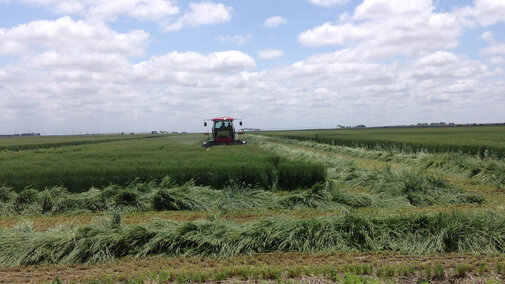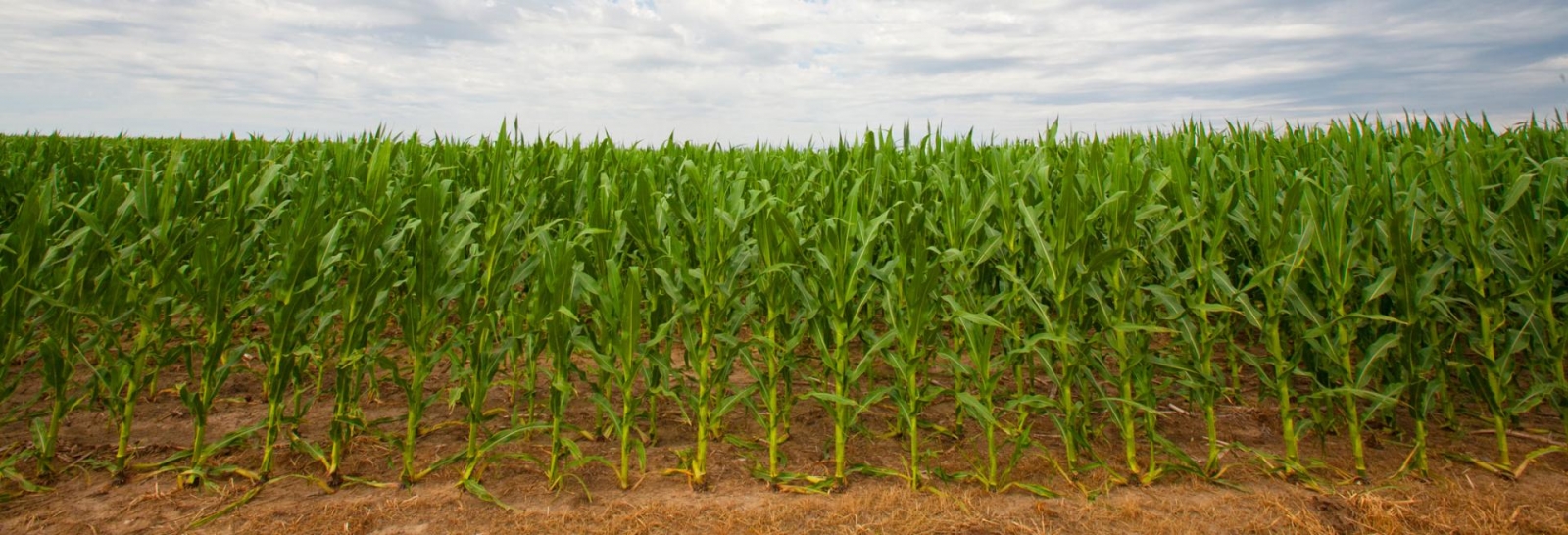Several things need to be considered when deciding what value to place on standing forage. Forage prices reflect current inventories, demand, expected current season production and associated yield risk, and quality characteristics.
Standing forage can be harvested in a number of different ways, which also needs to be taken into account in deciding how to price it.
The Cornhusker Economics article "Estimating a Fair Value for Standing Forage" explores the following:
- Provides a few general thoughts and questions concerning harvesting method and comparable feed value to consider when pricing standing forage.
- Gives a few examples illustrating pricing calculations for forage mechanically harvested as hay, haylage and silage.
- Includes pricing considerations for forage harvested by grazing.
- Insights on utilizing the Value of Standing Forage Excel Tool.

